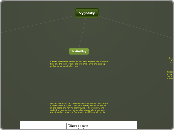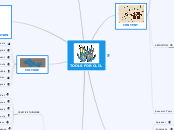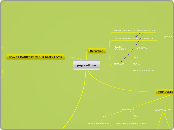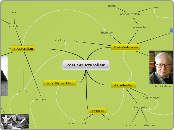af Ma Angeles Asensi 8 år siden
1108
CLIC_M ÁNGELES ASENSI
Content and Language Integrated Learning (CLIL) is an educational strategy that combines content and language instruction. It involves teaching subjects such as science or history using a foreign language, thus facilitating the learning of both the subject matter and the language.









